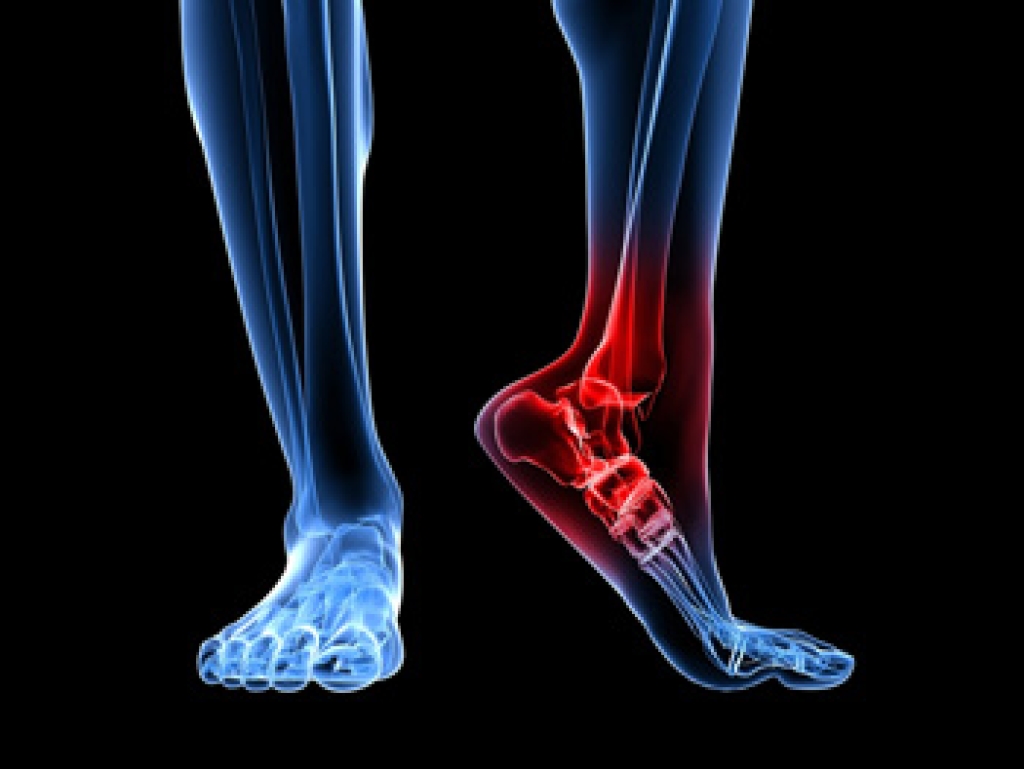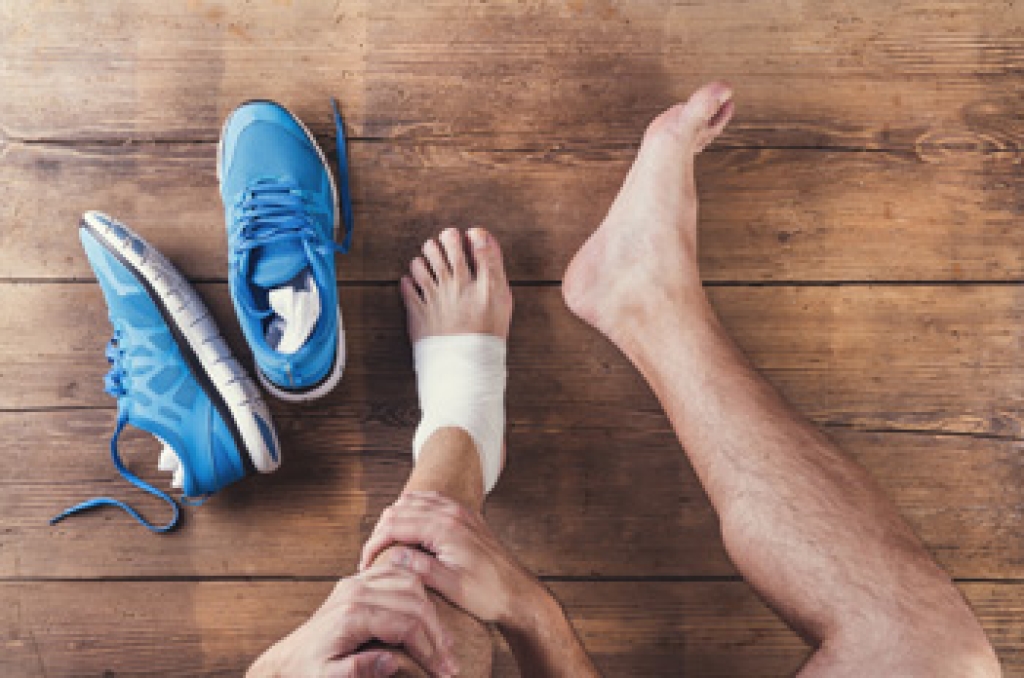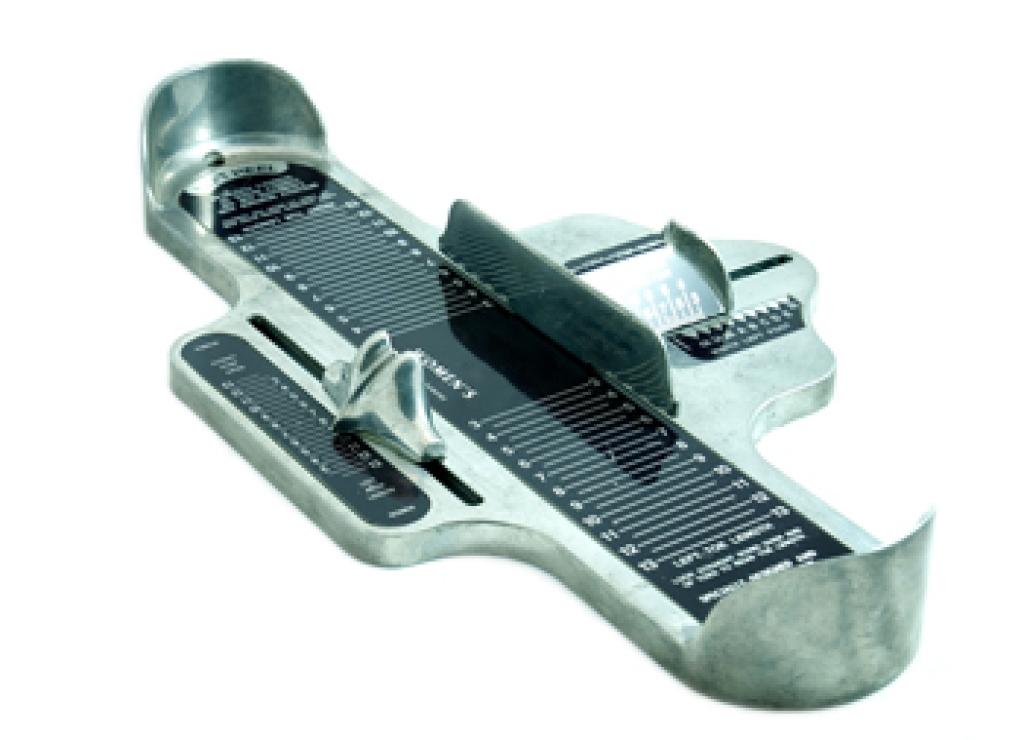 Heel pain can be debilitating and have a brutal impact on everyday life. While there are a variety of causes of heel pain, the most common is plantar fasciitis. This happens when there is inflammation or even a partial tear in the tissue running along the bottom of the foot that connects the heel to the toes, known as the plantar fascia. Heel pain can also occur when there is an abnormal growth on the heel bone that is a result of a calcium buildup. This is known as a heel spur. Other common sources of heel pain include Calcaneal apophysitis (irritation of the heel bone from new shoes or a new activity), bursitis (inflammation of the sac that lines some joints), or when a nerve gets compressed (also known as a trapped nerve). If you are struggling with heel pain, consulting with a podiatrist is a good idea. A podiatrist will be able to find the cause of the heel pain and suggest the treatment options that are available.
Heel pain can be debilitating and have a brutal impact on everyday life. While there are a variety of causes of heel pain, the most common is plantar fasciitis. This happens when there is inflammation or even a partial tear in the tissue running along the bottom of the foot that connects the heel to the toes, known as the plantar fascia. Heel pain can also occur when there is an abnormal growth on the heel bone that is a result of a calcium buildup. This is known as a heel spur. Other common sources of heel pain include Calcaneal apophysitis (irritation of the heel bone from new shoes or a new activity), bursitis (inflammation of the sac that lines some joints), or when a nerve gets compressed (also known as a trapped nerve). If you are struggling with heel pain, consulting with a podiatrist is a good idea. A podiatrist will be able to find the cause of the heel pain and suggest the treatment options that are available.
Many people suffer from bouts of heel pain. For more information, contact one of our podiatrists of Florida Ankle & Foot Institute. Our doctors can provide the care you need to keep you pain-free and on your feet.
Causes of Heel Pain
Heel pain is often associated with plantar fasciitis. The plantar fascia is a band of tissues that extends along the bottom of the foot. A rip or tear in this ligament can cause inflammation of the tissue.
Achilles tendonitis is another cause of heel pain. Inflammation of the Achilles tendon will cause pain from fractures and muscle tearing. Lack of flexibility is also another symptom.
Heel spurs are another cause of pain. When the tissues of the plantar fascia undergo a great deal of stress, it can lead to ligament separation from the heel bone, causing heel spurs.
Why Might Heel Pain Occur?
- Wearing ill-fitting shoes
- Wearing non-supportive shoes
- Weight change
- Excessive running
Treatments
Heel pain should be treated as soon as possible for immediate results. Keeping your feet in a stress-free environment will help. If you suffer from Achilles tendonitis or plantar fasciitis, applying ice will reduce the swelling. Stretching before an exercise like running will help the muscles. Using all these tips will help make heel pain a condition of the past.
If you have any questions, please feel free to contact our offices located in Tavernier, Marathon, and Key West, FL . We offer the newest diagnostic and treatment technologies for all your foot care needs.






